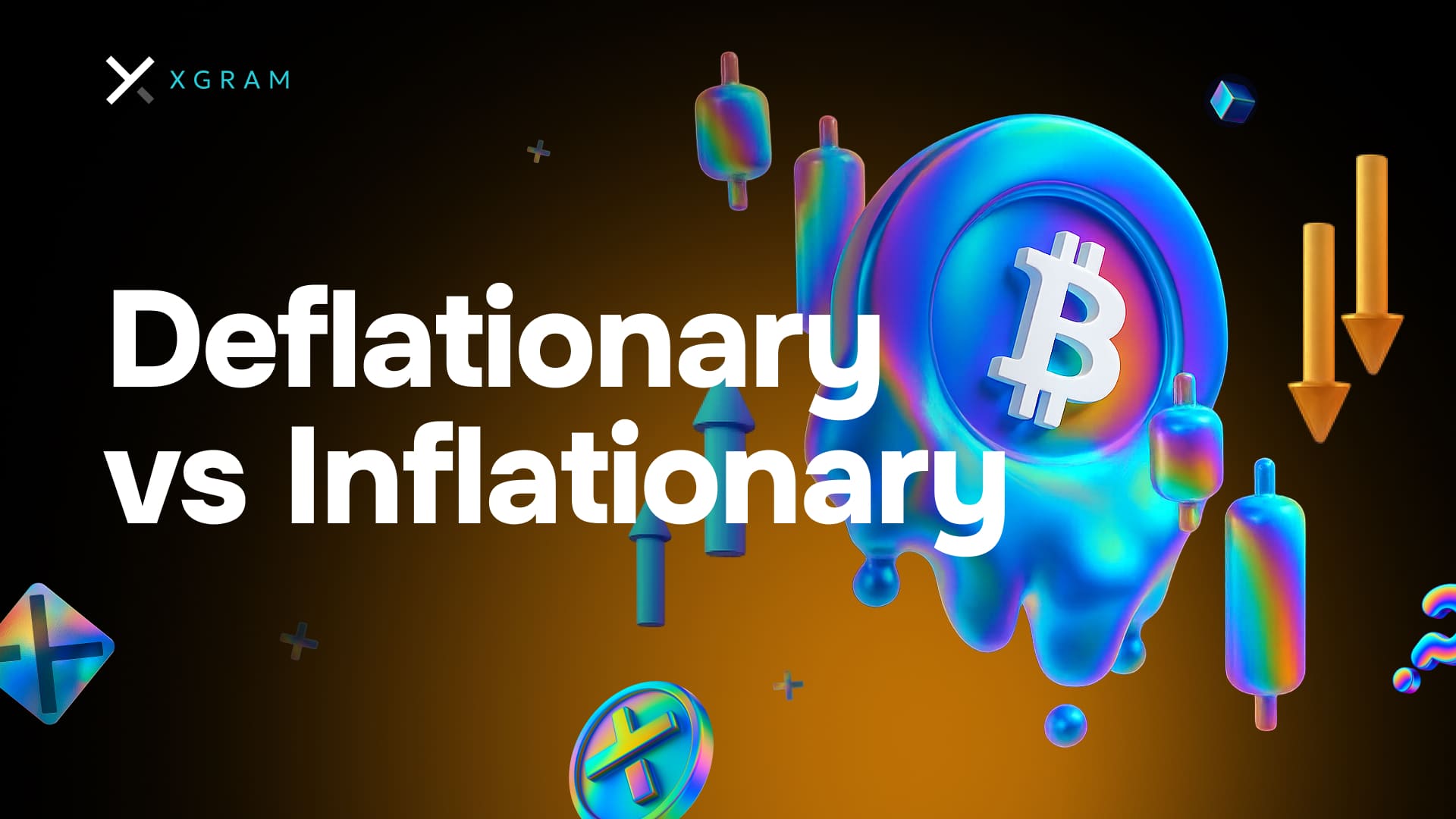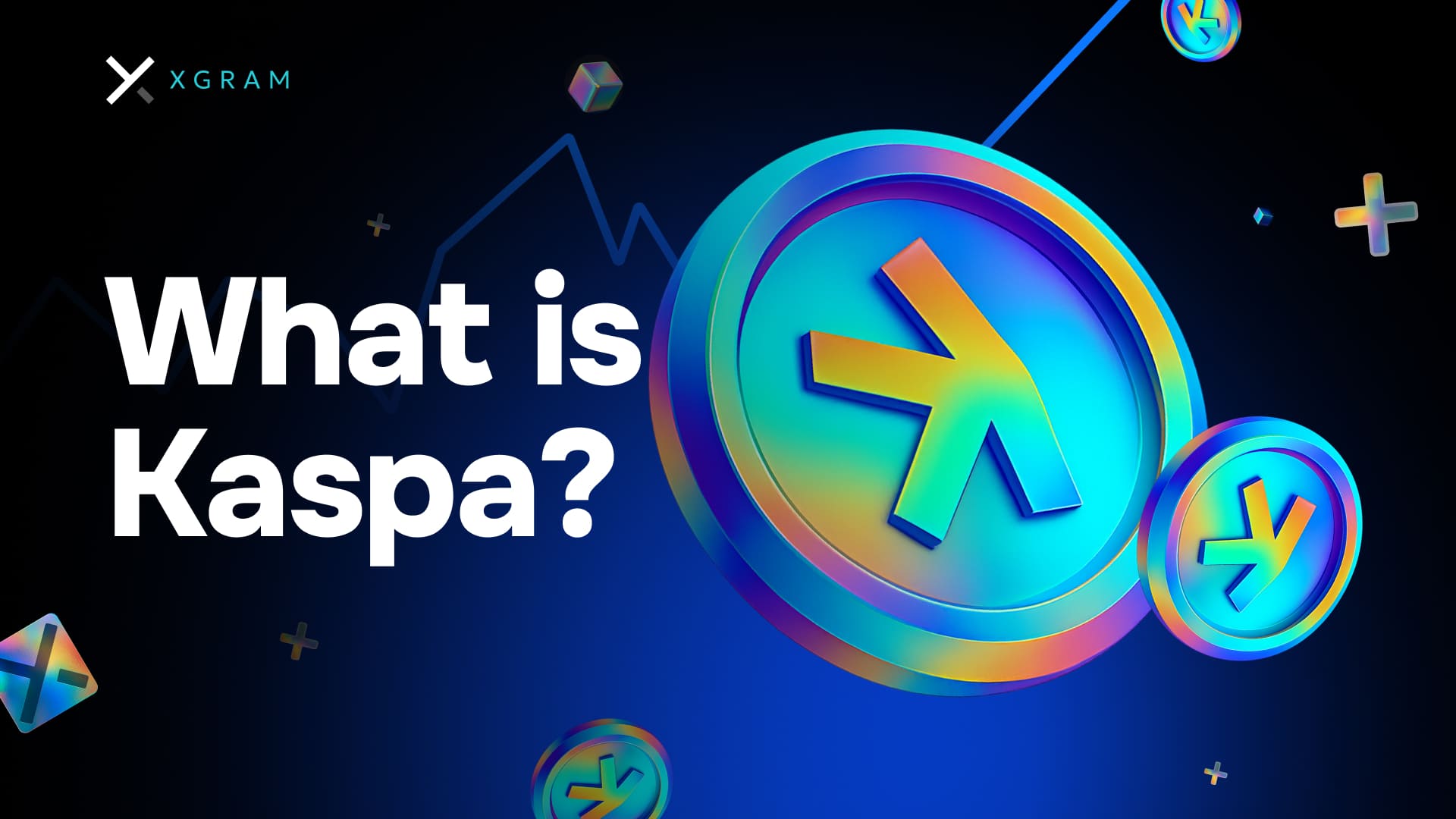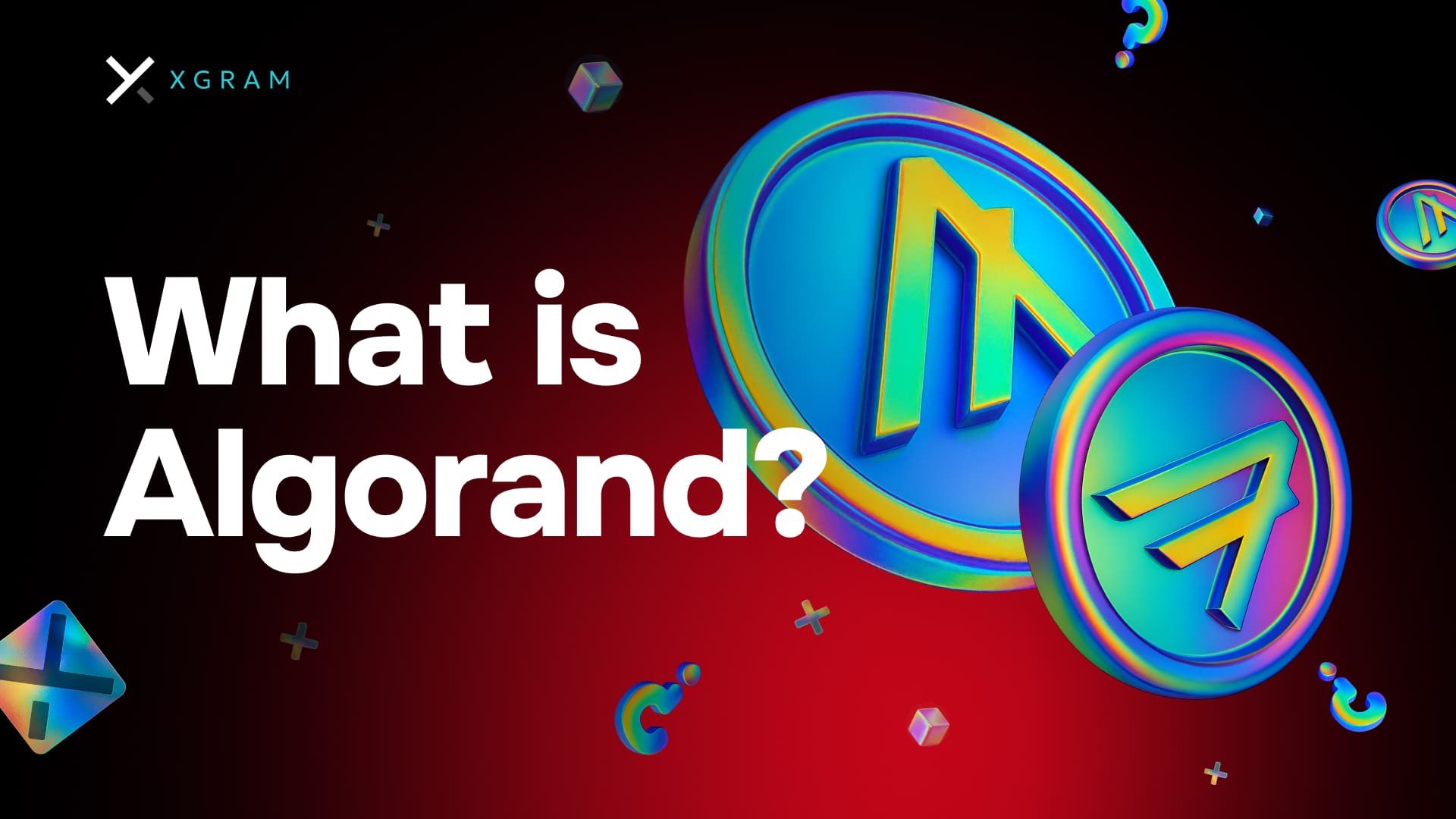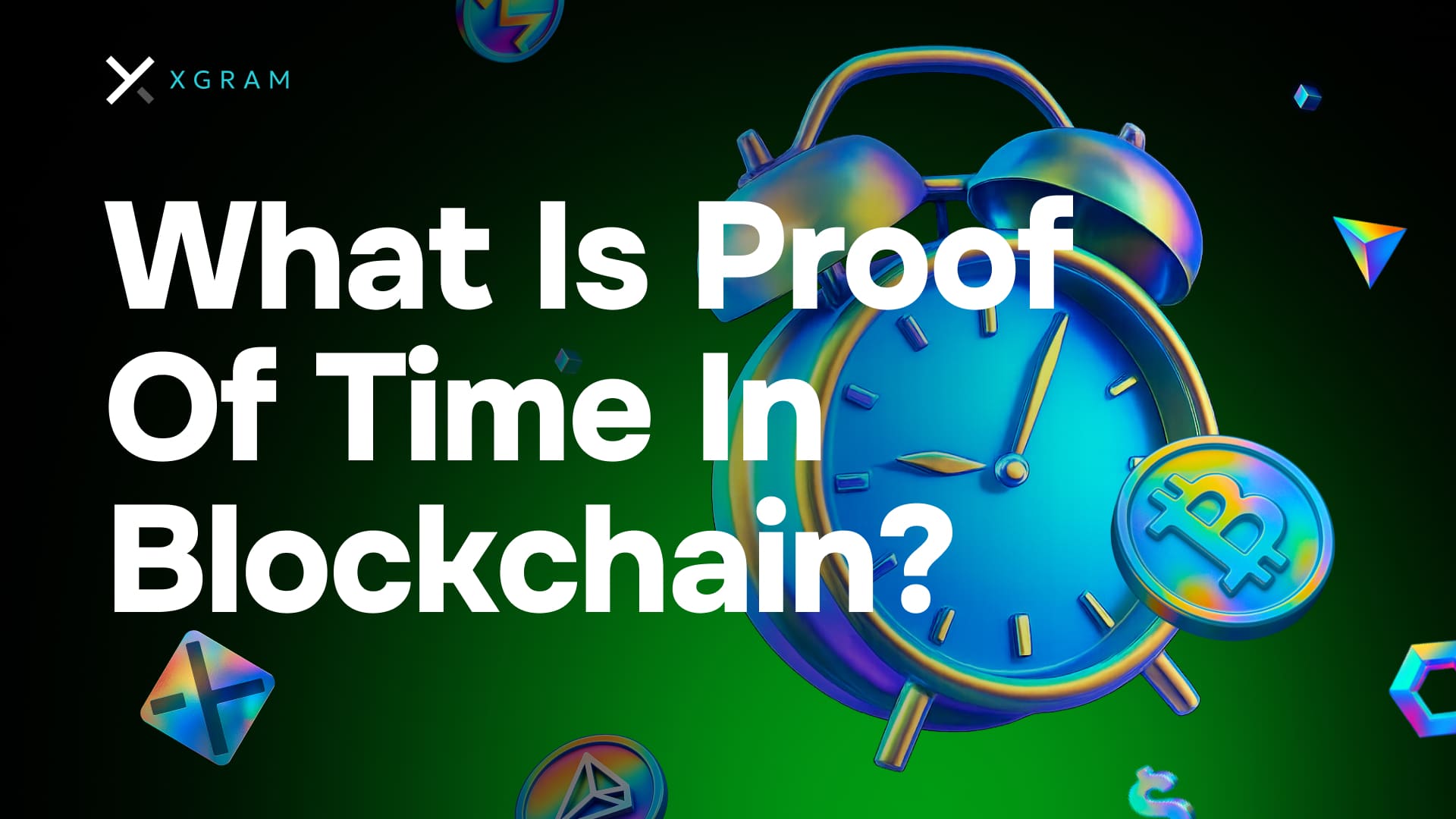Understand deflationary vs inflationary cryptos
Cryptocurrencies are digital assets governed by blockchain protocols rather than central banks. When you hear “deflationary vs inflationary,” you are essentially comparing how their token supplies grow or shrink. Deflationary models often celebrate scarcity, believing fewer tokens over time can drive increases in value. Inflationary models tend to expand the token supply in hopes of powering economic activity and accessibility. Both models have pros and cons, and your choice will depend on your investment style, risk tolerance, and long-term expectations of how crypto markets evolve.
Key definitions
- Deflationary cryptocurrency: A token with mechanisms (such as burning or a finite supply cap) designed to shrink or permanently limit the total supply.
- Inflationary cryptocurrency: A token that deliberately issues new tokens on a set schedule, allowing the supply to grow perpetually or until a very high cap is reached.
Why it matters
How many tokens exist — and how many might eventually exist — can drastically influence price behavior. Deflationary cryptos, in theory, become harder to acquire over time if demand does not drop. Inflationary cryptos, meanwhile, can potentially keep pace with demand and foster everyday usage. By examining these models, you can better predict potential returns and figure out how long you want to hold onto specific coins.
Factors influencing supply and demand
Once you understand the basic definitions, it’s helpful to dive deeper into the mechanisms that keep these models running. Both deflationary and inflationary cryptocurrencies are complex systems that rely on code, community governance, and real-world adoption.
Token governance
Governance includes the voting process, consensus rules, and policies that determine how issuance or burning is handled. In deflationary tokens, governance might revolve around periodically burning a portion of transaction fees or requiring community votes before supply adjustments. For inflationary tokens, governance often focuses on setting inflation rates and adjusting them if economic conditions change.
- Governance can be on-chain (automatic adjustments coded into smart contracts) or off-chain (community proposals and majority votes).
- Some projects grant token holders voting rights to tweak inflation/deflation parameters, making supply models somewhat adaptable.
Market adoption
No matter the token model, broad usage tends to validate the project. If a deflationary token sees rising demand but a limited supply, the price can climb significantly. Conversely, an inflationary token with robust transactional demand might sustain its price as new coins enter circulation at a manageable rate.
- Demand often depends on use cases — payments, staking, decentralized finance (DeFi) applications, and more.
- Community-driven hype can propel a coin’s popularity, regardless of its supply model, but real-world utility typically underpins long-term value.
Real-world examples
The best way to see deflationary vs inflationary in action is by looking at actual projects. Because the crypto ecosystem is vast, these examples are a simplified snapshot. Always do your own research and dive deeper into each coin’s economic model before making an investment.
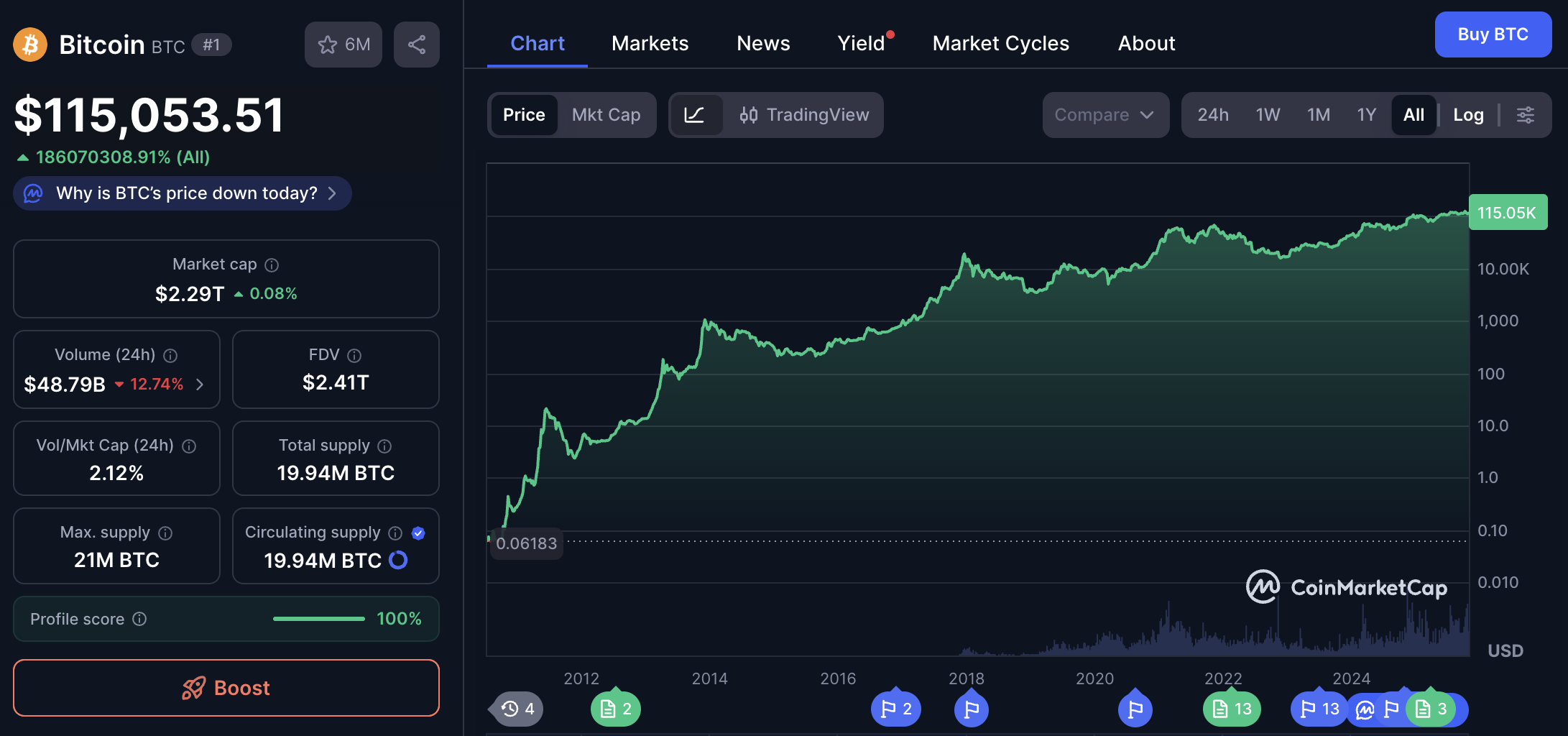
Deflationary coins
Bitcoin (BTC)
Although Bitcoin doesn’t explicitly burn tokens, it’s widely seen as deflationary because of its fixed supply cap of 21 million BTC. Every four years, the block reward halves, gradually slowing the introduction of new coins. If demand remains high, scarcity correlates with upward price pressure.Binance Coin (BNB)
BNB employs a burn mechanism, where tokens are regularly taken out of circulation based on trading volume. This systematic approach decreases total supply over time, potentially driving the price higher if demand stays constant or grows.Some DeFi tokens
Many decentralized finance tokens use continuous or event-based burns. For instance, a fraction of each transaction might be burned, resulting in fewer tokens circulating over time.
Inflationary coins
Ethereum (ETH)
Ethereum once operated fully as an inflationary model, issuing new tokens each block. However, with updates like EIP-1559 partially burning fees, its supply can at times be deflationary. Overall, you can still classify ETH as inflationary because new ether is minted to reward validators, but the dynamic nature of fee burns complicates the picture.Dogecoin (DOGE)
Dogecoin has an inflationary model with a consistent block reward that doesn’t diminish. This steady influx of tokens keeps the coin ample for tipping, microtransactions, and broad usage — though it can create runaway supply if demand sputters.Stablecoins
Certain stablecoins are inflationary, issuing new tokens to drive stable pricing in line with a pegged asset like the US dollar. Although these are minted or burned to maintain parity, the overall supply can rise if demand grows.
Comparing performance for investors
From an investor standpoint, you’ll find unique advantages and risks in both models. The “best” approach depends on your strategy and how you weigh scarcity versus liquidity.
Deflationary pros: Potential for increased value, hedges against token dilution, and a perceived store-of-value advantage.
Deflationary cons: Reduced liquidity over time and vulnerability to sharp price fluctuations if demand suddenly drops.
Inflationary pros: Continuous distribution can attract new participants, stimulate on-chain activity, and often fosters an active developer community.
Inflationary cons: Potential dilution of existing holders, plus the need for robust demand to offset growth in supply.
Fees, speed, and where to trade
Fees and speed can differ greatly among cryptos, regardless of whether they are deflationary or inflationary. Some deflationary tokens run on blockchains with low fees and high throughput, while some inflationary tokens might be more expensive and slower, or vice versa. Understanding your transaction costs is vital.
When it comes to acquiring or trading these coins, you typically have several options:
- Centralized exchanges (CEX): Popular for their user-friendly interfaces, liquidity, and wide coin support. Many have peer-to-peer (P2P) sections where you can directly buy from or sell to other users without a middleman.
- Decentralized exchanges (DEX): Ideal for those who value full control over their private keys and want direct transactions on-chain.
P2P on crypto exchanges
If you prefer a straightforward approach, peer-to-peer on major exchanges can be a good fit. You handle transactions with other individuals, sometimes at rates you both negotiate. This method can bypass order books, letting you buy or sell deflationary tokens at your chosen price point, or pick up an inflationary token quickly without navigating complicated trading interfaces. Do check the platform’s escrow system and user ratings to stay protected.
Xgram overview
Xgram is a noteworthy platform that also offers cross-chain features, letting you move your deflationary or inflationary cryptocurrencies across different networks without juggling multiple wallets. By consolidating these transactions into a single interface, you can often save on fees, which is especially useful when exploring various blockchain ecosystems. Xgram’s user-friendly dashboard gives you quick access to bridging services, so you can jump from one blockchain to another with minimal hassle.
Table: deflationary vs inflationary at a glance
Below is a simplified comparison of deflationary and inflationary cryptocurrencies. Remember, many projects blur the lines or switch models over time.
| Aspect | Deflationary | Inflationary |
|---|---|---|
| Supply Trend | Decreasing or capped | Increasing |
| Common Mechanism | Burns, halving events, strict supply limit | Controlled issuance, block rewards |
| Potential Price Impact | Gradual scarcity can drive higher prices if demand holds | Requires consistent demand to sustain or grow value |
| Investor Appeal | Store of value, scarcity-focused holds | Emphasis on usability, fostering broad ecosystem growth |
| Risk Factors | Liquidity constraints, volatility when demand fluctuates | Dilution of existing holders if demand lags |
FAQs
Below are some common questions you may have while comparing deflationary and inflationary cryptocurrencies:
Q: How can I tell if a coin is truly deflationary or inflationary?
A: Look at the project’s issuance schedule and any burn mechanisms. If the overall supply is set to decrease or is tightly capped, it’s deflationary. If the protocol consistently adds new tokens to the supply, it’s inflationary.Q: Does a deflationary model automatically make a cryptocurrency a better investment?
A: Not necessarily. A strong deflationary coin might face limited adoption if it lacks utility or a vibrant community. It’s important to assess the project’s fundamentals, use cases, and roadmap before deciding.Q: Can an inflationary coin become deflationary later on?
A: Yes. Some projects adopt hybrid models or introduce fee-burning mechanisms, which can partially offset inflation or even push the supply toward net deflation. Always keep an eye on protocol updates to see if the issuance model has changed.Q: Are transaction fees different for deflationary vs inflationary tokens?
A: Transaction fees depend on the blockchain’s design, network load, and consensus algorithm, not just whether the token is deflationary or inflationary. Some deflationary coins have low fees, while others do not, and the same goes for inflationary coins.Q: Where can I safely store my deflationary or inflationary cryptocurrencies?
A: You can use hardware wallets (like Ledger or Trezor), software wallets (like MetaMask), or custodial solutions on reputable exchanges. Each option has different security features, so choose one that aligns with your comfort level and trading habits.
Verdict on deflationary vs inflationary cryptos
Deciding which type of cryptocurrency suits you best hinges on your personal investment goals. If you’re looking for a store of value that you believe will appreciate over time due to scarcity, deflationary projects may be up your alley. If you want a more dynamic ecosystem that aims to bring in fresh participants and drive utility, inflationary projects might offer a compelling growth environment. In either case, keeping track of governance changes, network upgrades, and real-world adoption can help you stay ahead of fluctuations.
Conclusion
Ultimately, deflationary vs inflationary cryptocurrencies come down to how each project manages its token supply and sets the stage for demand. Scarcity can boost perceived value, but liquidity and usability often draw consistent users. As you evaluate cryptos for your portfolio, remember to look beyond the label of “deflationary” or “inflationary.” Investigate each coin’s technology, community, and broader purpose to understand its true potential. And if you’re seeking efficient cross-chain solutions or user-friendly P2P, platforms like xgram make it easier to explore multiple networks while watching your overhead costs. By taking a thoughtful approach, you can find the balance that suits your financial objectives and comfort level as the crypto market continues to evolve.
